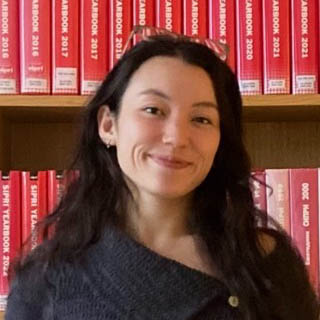Naomi Duggan

Nano-Enhanced Hydrogels for Probing Cellular Mechanotransduction
Started on September, 2025
email Naomi Duggan
Cells continuously interact with their microenvironment, sensing and responding to its mechanical properties, which in turn regulate cellular behavior. This interaction is bidirectional, as cells not only perceive mechanical cues but also actively remodel the extracellular matrix (ECM), altering its mechanical properties by aligning and densifying its fibers. This dynamic feedback loop between cells and the ECM is critical in both physiological and pathological processes, particularly in diseases like lung fibrosis, where abnormal ECM remodeling leads to tissue dysfunction. Despite its importance in tissue engineering, disease modeling, and regenerative medicine, the cell-ECM interplay remains poorly understood, primarily due to the lack of precise tools to measure dynamic mechanical changes in the ECM at the micron and nanoscale. This project aims to address this challenge by using both passive and active microrheology to investigate the mechanical changes cells induce in the ECM. We will leverage advanced nanoparticle technologies and cutting-edge microscopy techniques to study this phenomenon. Using biomimetic materials that replicate various ECM properties and working with fibroblasts activated by TGF-β, we will quantify cell-induced mechanical changes in the ECM. This research is expected to provide new insights into the mechanisms driving fibrosis and expand our understanding of cell-ECM interactions in other diseases.